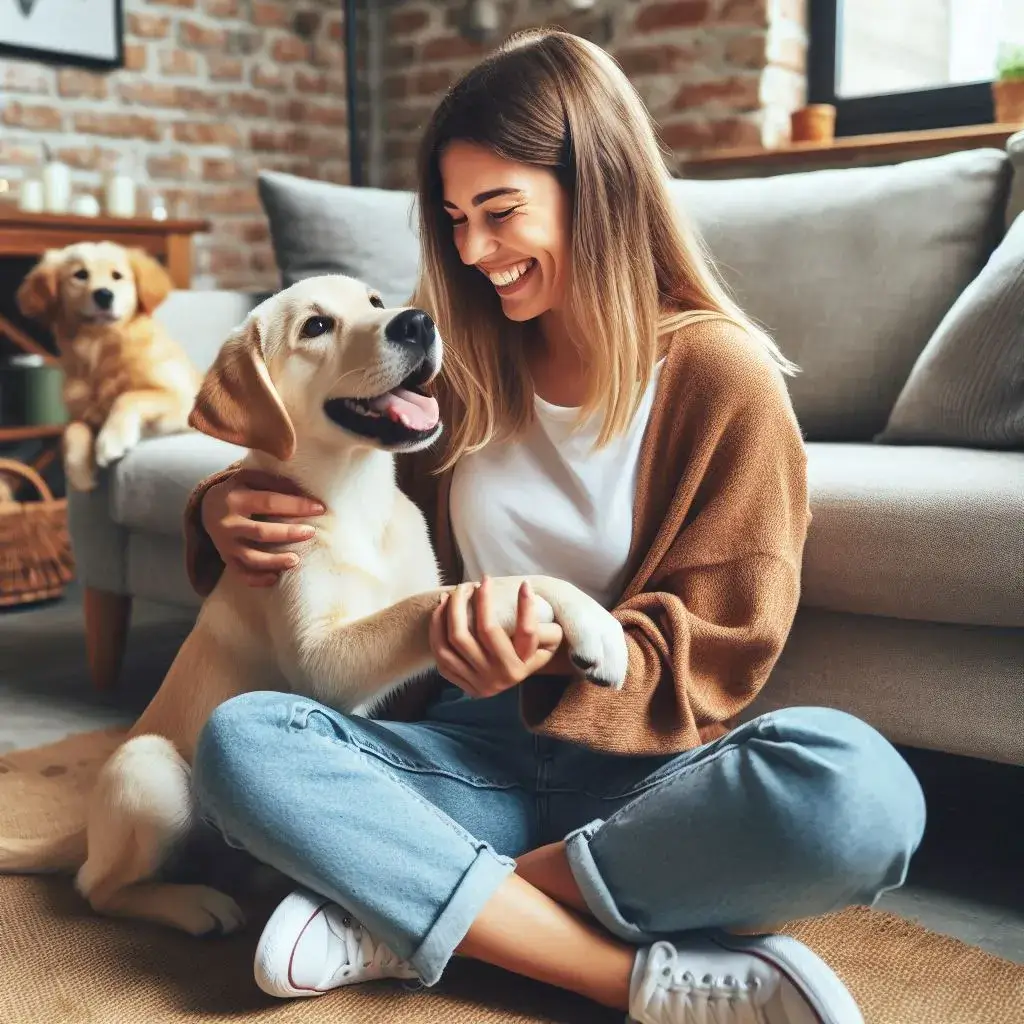Bringing an adopted dog into your home is an exciting and rewarding experience. However, it can also be a challenging time for both you and your new pet. Understanding how to help your adopted dog adjust to a new home is crucial for a successful transition. This comprehensive guide provides valuable insights and practical tips to ensure your new furry friend feels safe, secure, and loved from day one.
Understanding Your Adopted Dog’s Needs
The Emotional Journey of an Adopted Dog
Adopted dogs often come with a history of abandonment, neglect, or trauma. Recognizing their emotional needs is the first step in helping them adjust.
- Trust Building: Establish a foundation of trust through consistent and positive interactions.
- Patience and Understanding: Be patient with your dog’s pace of adjustment and avoid overwhelming them.
- Recognizing Stress Signs: Learn to identify signs of stress such as excessive barking, hiding, or aggressive behavior.
Physical Comfort and Safety
Creating a comfortable and safe environment is essential for your dog’s well-being.
- Comfortable Bedding: Provide a cozy bed in a quiet area of the house.
- Secure Environment: Ensure your home is dog-proofed to prevent accidents and injuries.
- Routine and Structure: Establish a consistent daily routine for feeding, walking, and playtime.
Preparing Your Home for a New Dog
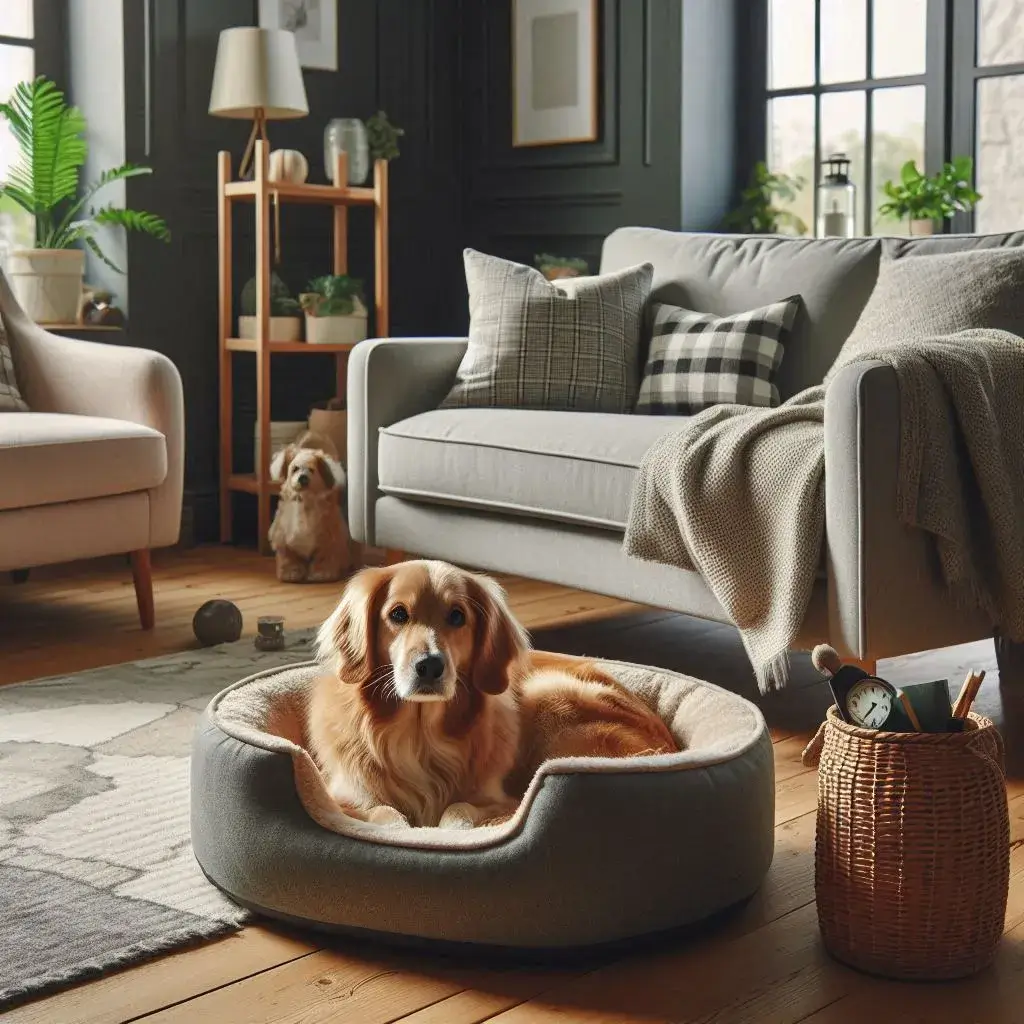
Dog-Proofing Your Home
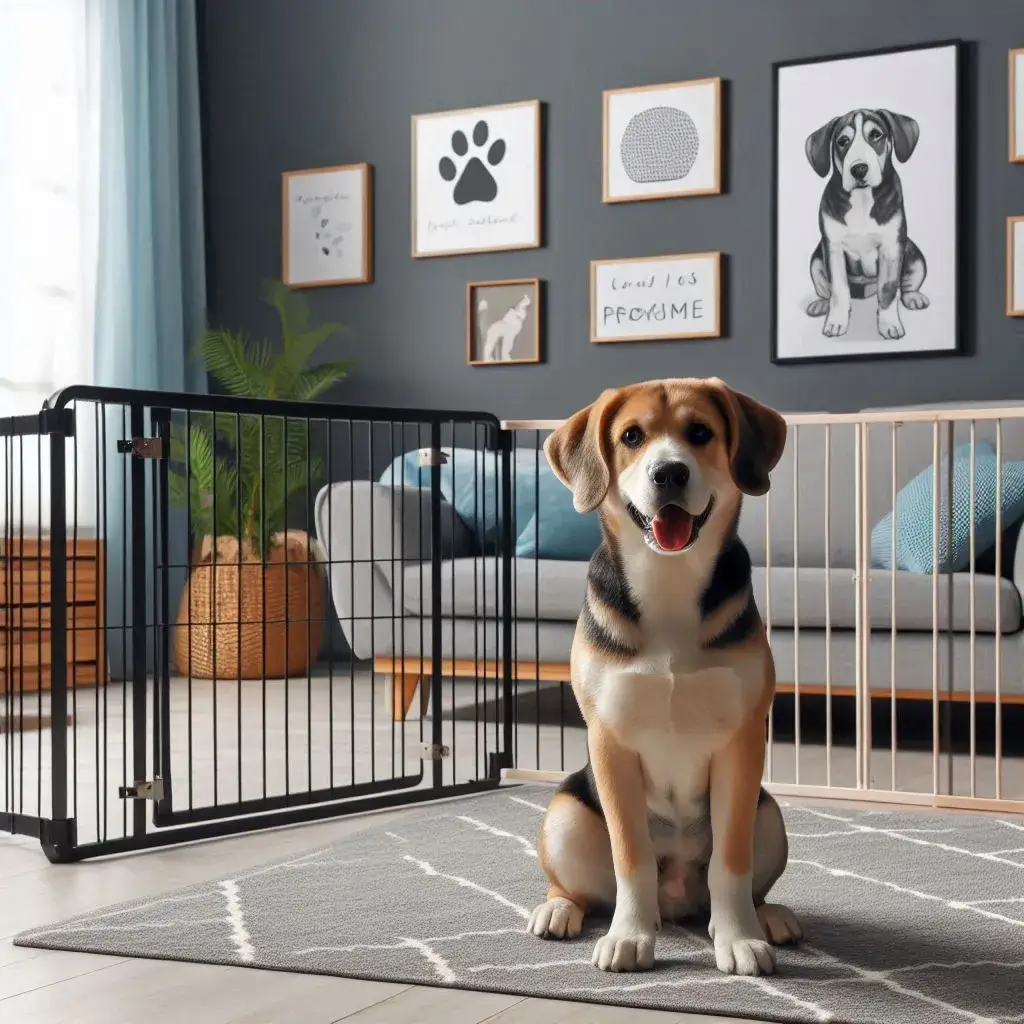
Safety is a priority when bringing a new dog home.
- Secure Dangerous Items: Remove or secure hazardous items like cleaning supplies, electrical cords, and small objects.
- Block Unsafe Areas: Use baby gates or barriers to restrict access to certain areas.
- Safe Outdoor Space: Ensure your yard is secure with no escape routes.
Essential Supplies for Your Dog
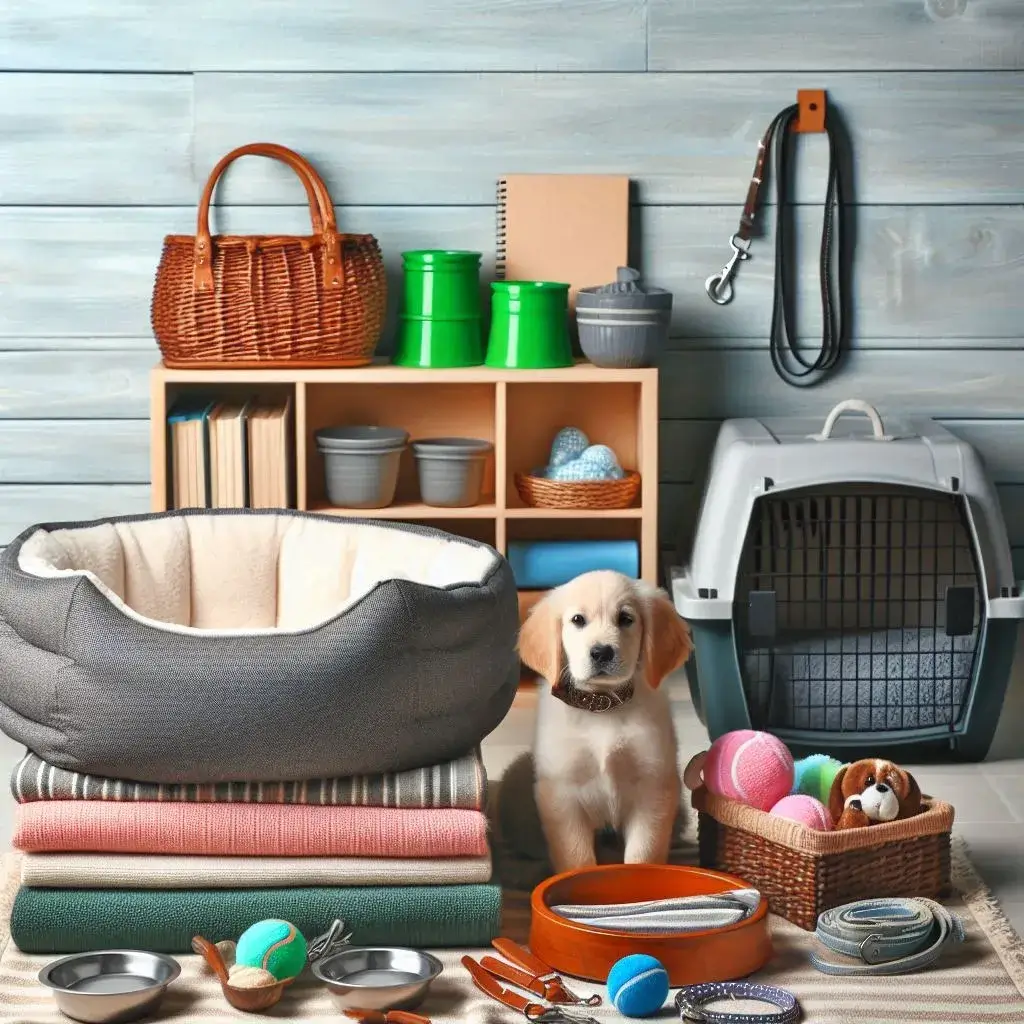
Having the right supplies ready can make the transition smoother.
- Bedding and Crate: A comfortable bed and a crate can provide a sense of security.
- Food and Water Bowls: Use sturdy bowls that are easy to clean.
- Toys and Chews: Provide a variety of toys to keep your dog entertained and mentally stimulated.
Creating a Safe Space
Designate a specific area where your dog can retreat and feel safe.
- Quiet Corner: Choose a quiet corner of the house for your dog’s bed and toys.
- Personal Space: Allow your dog to explore and claim their own space at their own pace.
- Limited Access: Initially limit access to the entire house to prevent overwhelming your dog.
The First Day Home
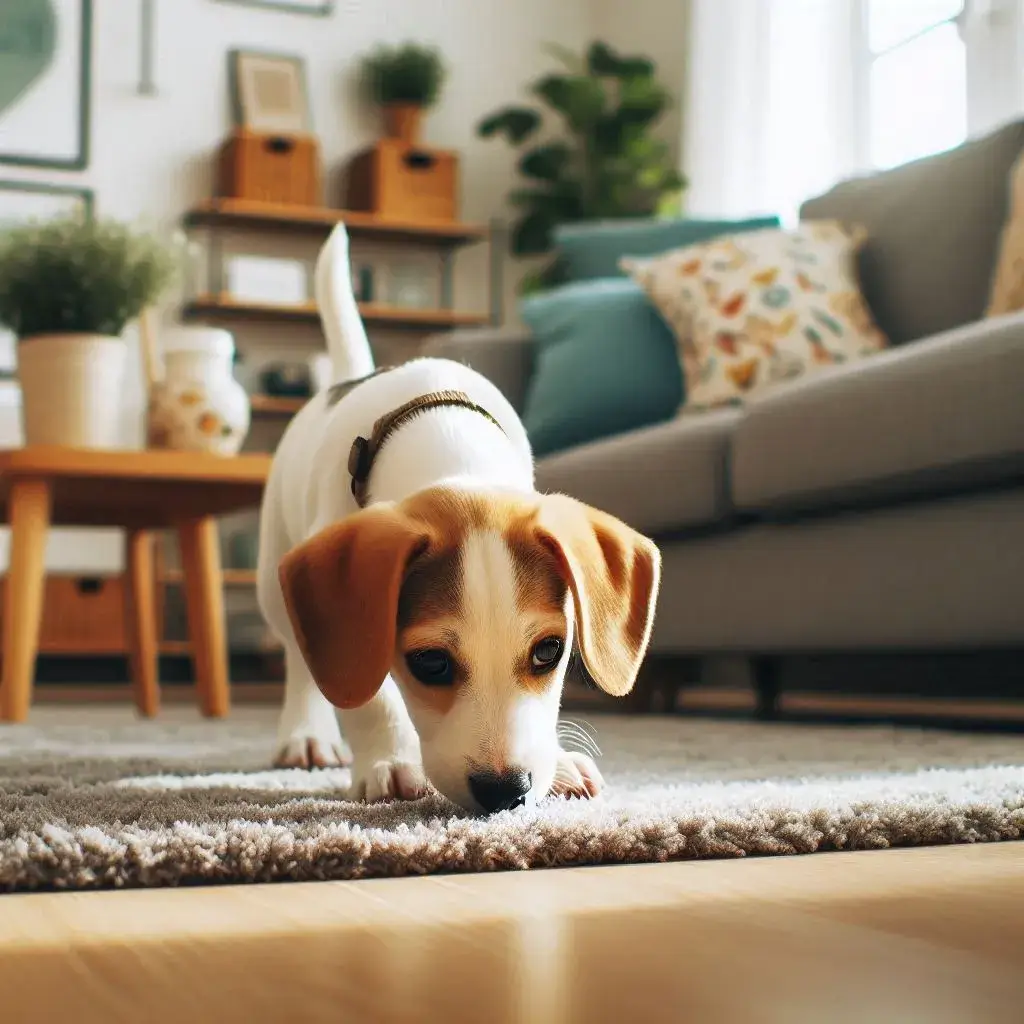
Initial Introduction to the New Environment
The first day home sets the tone for your dog’s adjustment period.
- Calm Arrival: Keep the home calm and quiet when your dog arrives.
- Gradual Exploration: Allow your dog to explore their new environment slowly.
- Positive Reinforcement: Use treats and praise to encourage positive behavior.
Meeting Family Members
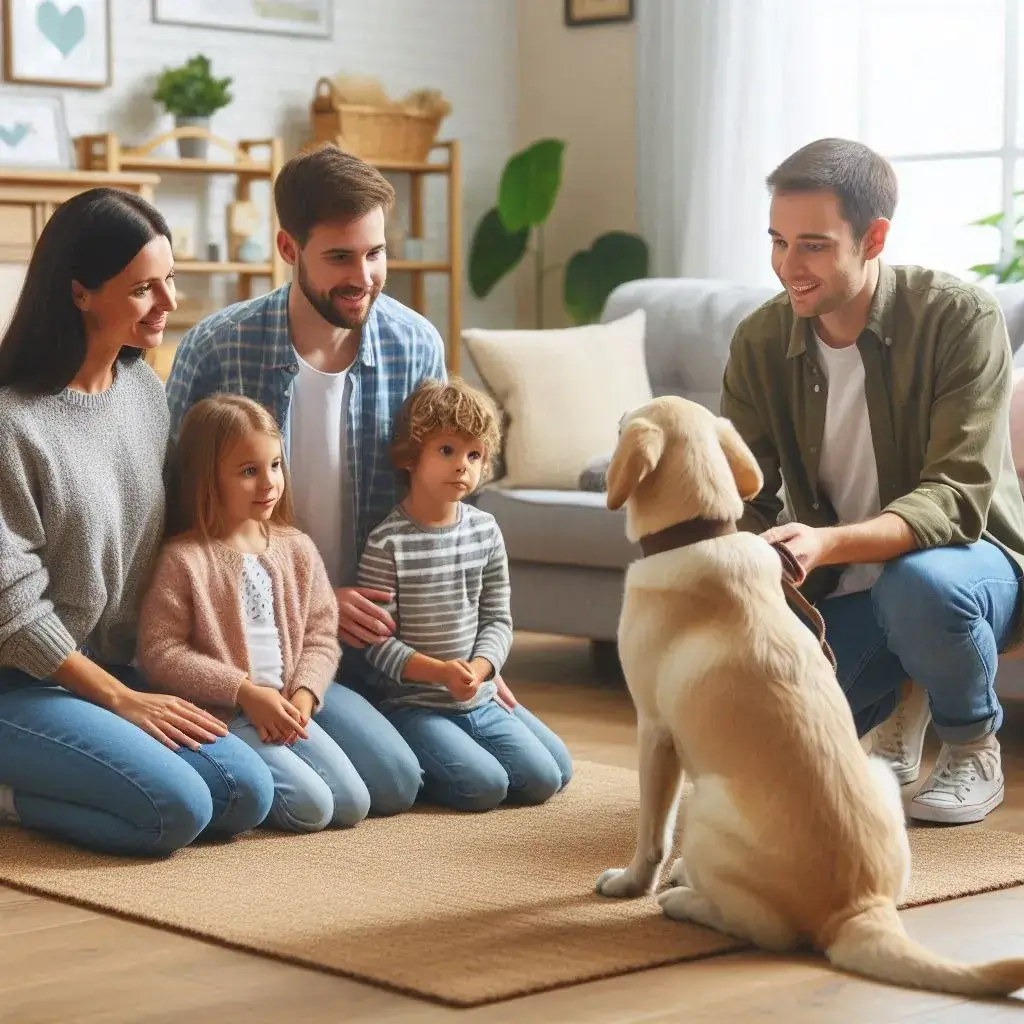
Introducing your dog to family members requires careful management.
- Controlled Introductions: Introduce your dog to one family member at a time.
- Supervised Interactions: Always supervise interactions, especially with children.
- Respect Boundaries: Teach family members to respect the dog’s boundaries and personal space.
Establishing a Routine
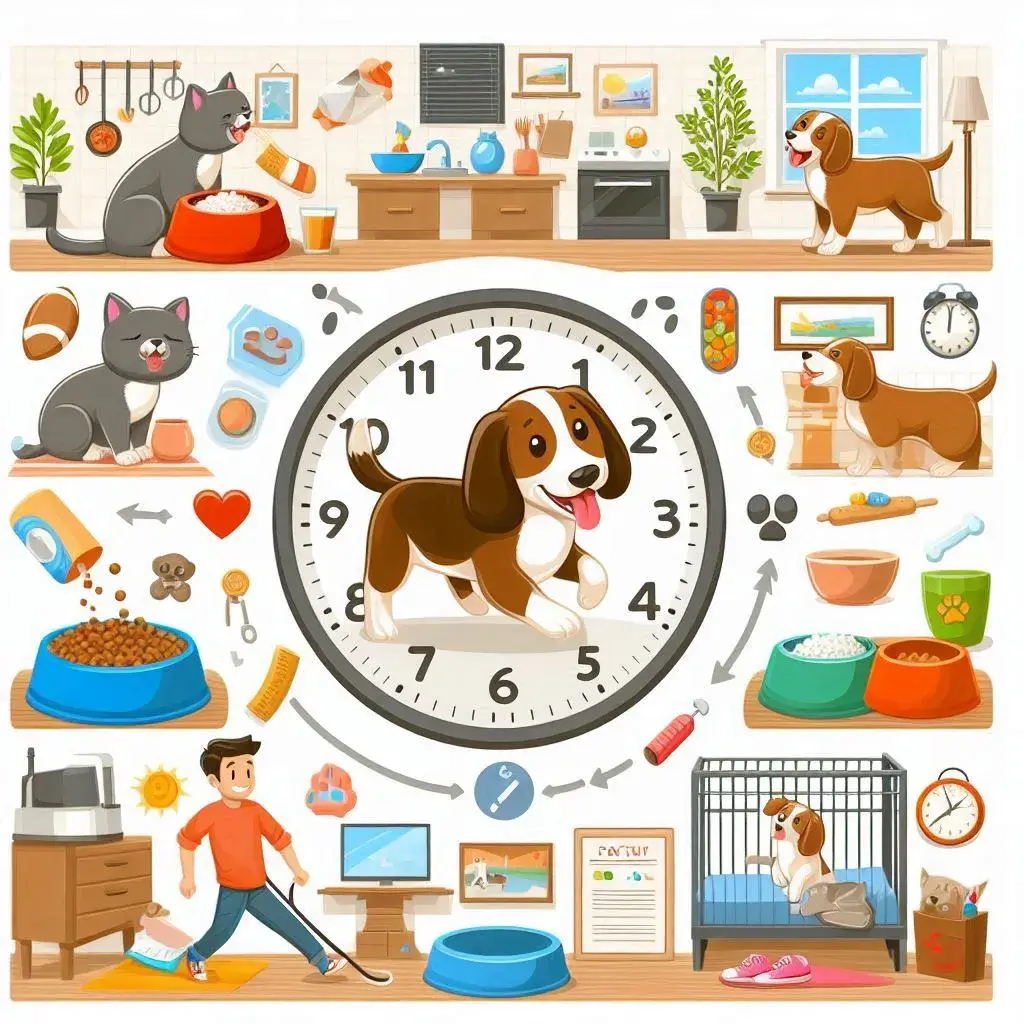
A consistent routine helps your dog feel secure and understand what to expect.
- Feeding Schedule: Feed your dog at the same times every day.
- Walks and Exercise: Establish regular walking and exercise times.
- Bedtime Routine: Create a calm and consistent bedtime routine.
Building Trust and Bonding
Positive Reinforcement Training
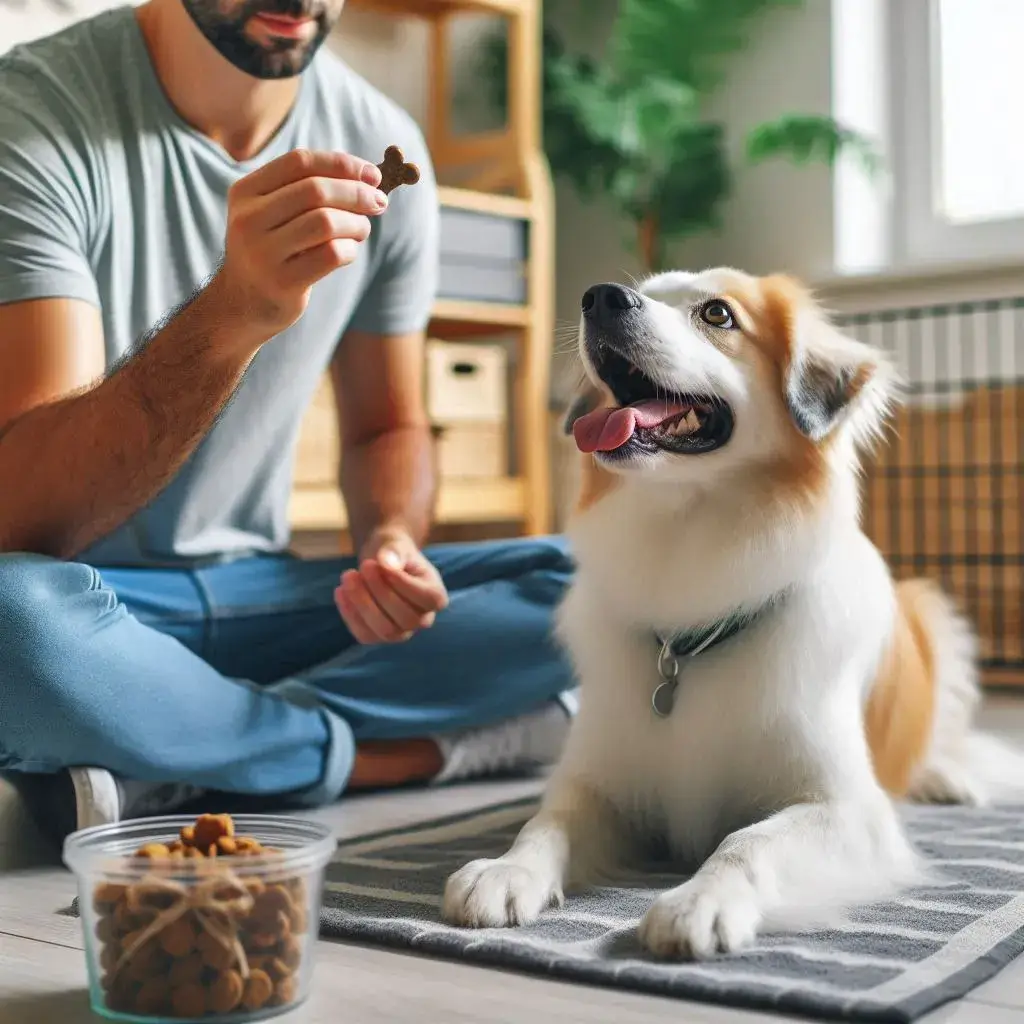
Positive reinforcement is a powerful tool in building trust and good behavior.
- Reward-Based Training: Use treats and praise to reinforce positive behaviors.
- Consistency is Key: Be consistent with commands and rewards.
- Short Training Sessions: Keep training sessions short and fun to maintain your dog’s interest.
Spending Quality Time Together
Spending time together strengthens the bond between you and your dog.
- Interactive Play: Engage in interactive play with toys and games.
- Cuddling and Petting: Physical affection can help build trust and comfort.
- Routine Activities: Include your dog in daily activities like watching TV or reading.
Socialization and Exposure
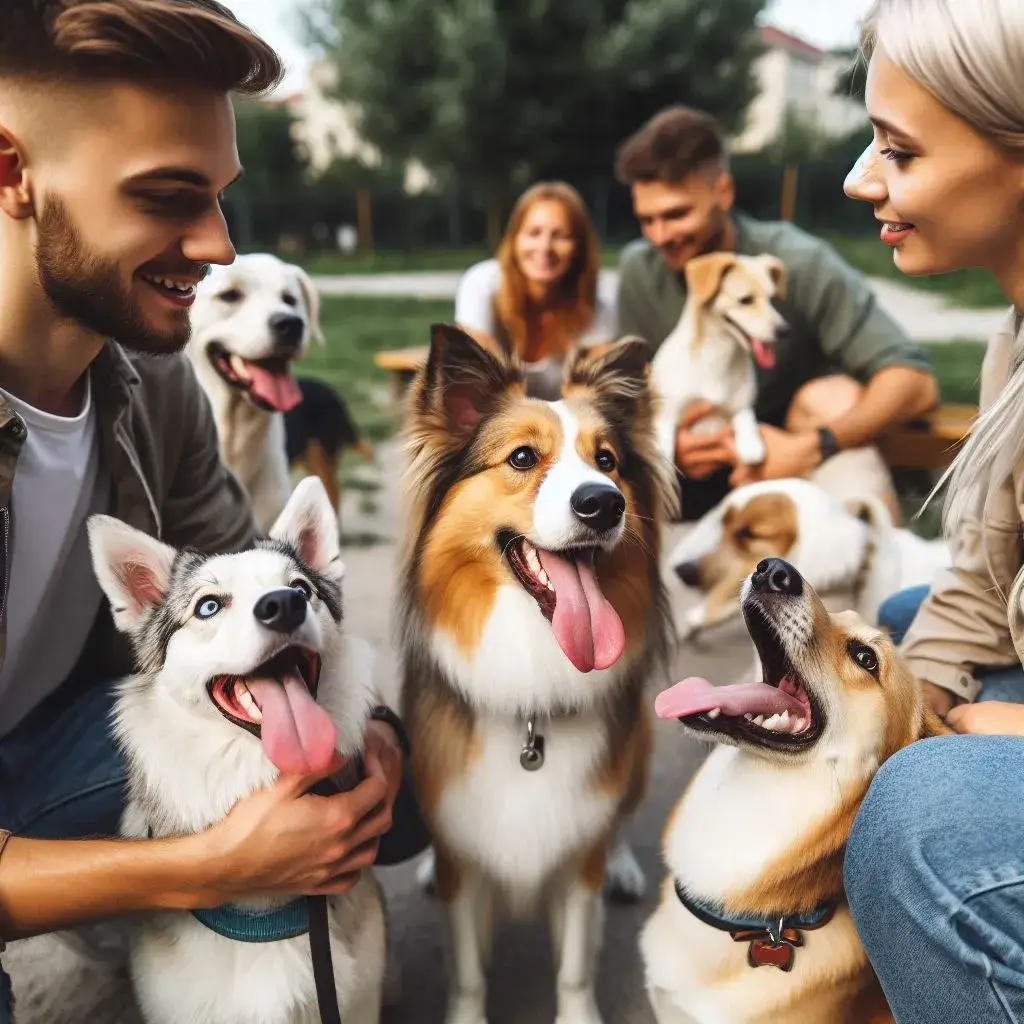
Proper socialization helps your dog become well-adjusted and confident.
- Gradual Socialization: Introduce your dog to new people, places, and experiences gradually.
- Positive Experiences: Ensure socialization experiences are positive and stress-free.
- Exposure to Different Environments: Expose your dog to various environments to build confidence.
Addressing Common Challenges
Separation Anxiety
Separation anxiety is common in adopted dogs and requires special attention.
- Gradual Alone Time: Gradually increase the time your dog spends alone.
- Comforting Items: Provide comforting items like a favorite toy or blanket.
- Professional Help: Consider consulting a behaviorist if anxiety persists.
House Training
House training requires patience and consistency.
- Frequent Breaks: Take your dog outside frequently, especially after meals and naps.
- Positive Reinforcement: Praise and reward your dog for eliminating outside.
- Accident Management: Clean accidents thoroughly to remove any scent.
Behavioral Issues
Behavioral issues can arise as your dog adjusts to their new home.
- Identify Triggers: Identify and address the triggers of undesirable behavior.
- Professional Training: Seek professional training for persistent or severe issues.
- Patience and Consistency: Be patient and consistent in your approach to behavior modification.
Long-Term Care and Maintenance
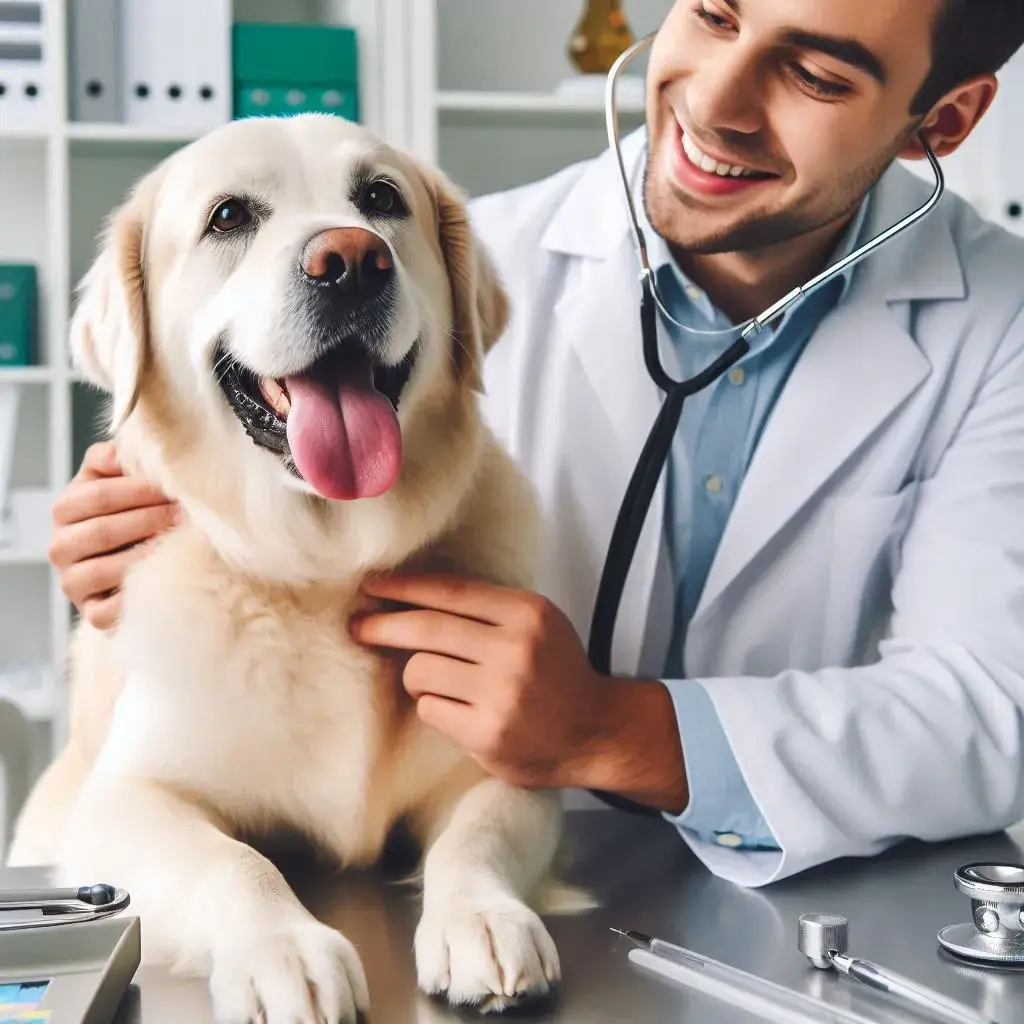
Regular Veterinary Care
Regular veterinary care is crucial for your dog’s health and well-being.
- Vaccinations and Check-Ups: Keep up with regular vaccinations and health check-ups.
- Parasite Prevention: Use preventive treatments for fleas, ticks, and worms.
- Health Monitoring: Monitor your dog’s health and behavior for any changes.
Nutrition and Diet
A balanced diet is essential for your dog’s health.
- High-Quality Food: Choose high-quality commercial dog food or consult your vet for a suitable diet.
- Consistent Feeding Schedule: Maintain a consistent feeding schedule.
- Special Dietary Needs: Address any special dietary needs or allergies.
Grooming and Hygiene
Regular grooming keeps your dog clean and comfortable.
- Brushing and Bathing: Brush your dog regularly and bathe them as needed.
- Nail Trimming: Trim your dog’s nails regularly to prevent overgrowth.
- Dental Care: Brush your dog’s teeth and provide dental chews.
Ongoing Training and Enrichment
Ongoing training and enrichment activities are essential for your dog’s mental and physical well-being.
- Advanced Training: Consider advanced training or dog sports for mental stimulation.
- Enrichment Activities: Provide toys, puzzles, and activities to keep your dog entertained.
- Socialization Opportunities: Continue to socialize your dog with new experiences and environments.
Support and Resources for New Dog Owners
Online Communities and Forums
Online communities can provide valuable support and advice.
- Dog Adoption Forums: Join forums and groups dedicated to dog adoption.
- Expert Advice: Access expert advice and resources on dog care and training.
- Peer Support: Connect with other dog owners for support and shared experiences.
Local Dog Groups and Meetups
Local groups and meetups offer socialization and support.
- Dog Parks and Playgroups: Visit dog parks and join playgroups for socialization.
- Meetup Events: Participate in local dog-related events and activities.
- Training Classes: Enroll in local training classes for ongoing learning and socialization.
Professional Help and Services
Professional help can address specific needs and challenges.
- Veterinarians and Specialists: Consult veterinarians for health-related issues.
- Trainers and Behaviorists: Hire professional trainers for behavior modification and training.
- Pet Sitters and Walkers: Use pet sitters and walkers for assistance with daily care.
FAQ
How long does it take for an adopted dog to adjust to a new home?
The adjustment period varies for each dog, but it typically takes a few weeks to a few months for an adopted dog to feel comfortable and secure in their new home.
What can I do to help my adopted dog feel safe?
Provide a consistent routine, a safe and comfortable space, and positive reinforcement. Be patient and allow your dog to adjust at their own pace.
How do I introduce my adopted dog to my family and other pets?
Introduce your dog to family members one at a time in a controlled and calm environment. Supervise interactions with other pets and ensure they are positive and gradual.
What should I do if my adopted dog shows signs of anxiety?
Gradually acclimate your dog to being alone, provide comforting items, and consider seeking help from a professional behaviorist if needed.
How can I socialize with my adopted dog?
Introduce your dog to new people, places, and experiences gradually. Ensure all socialization experiences are positive and stress-free.
What are some signs that my adopted dog is stressed?
Signs of stress in dogs include excessive barking, hiding, aggressive behavior, loss of appetite, and changes in behavior. Recognizing these signs can help you address the underlying issues.
Conclusion
Helping your adopted dog adjust to a new home involves patience, love, and commitment. Understanding their needs, preparing your home, establishing routines, and providing ongoing care and support can ensure a smooth transition and build a lasting bond with your new furry friend. Embrace the process, celebrate the small victories, and enjoy the rewarding experience of giving a dog a loving forever home.
